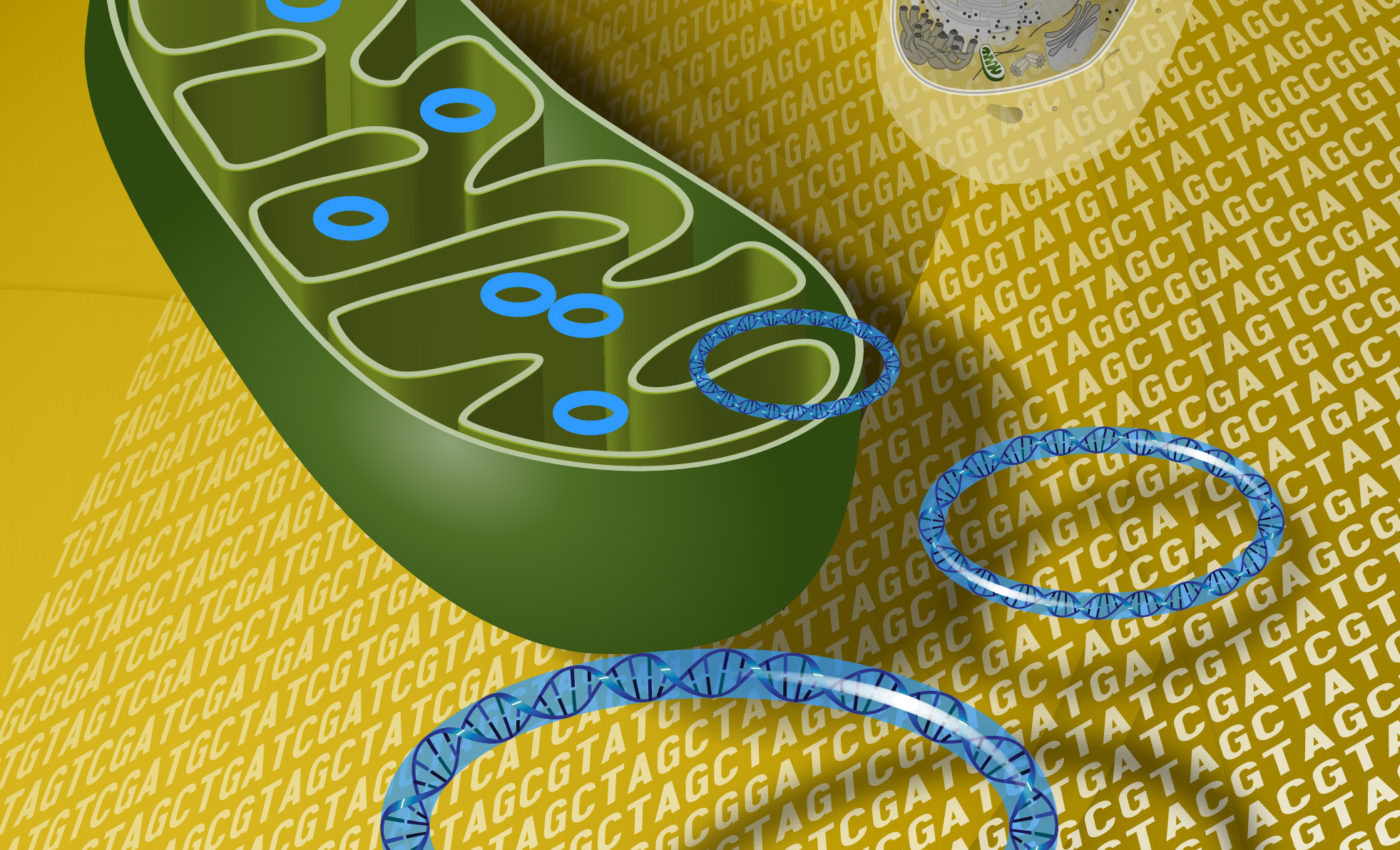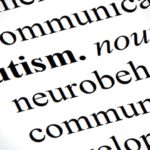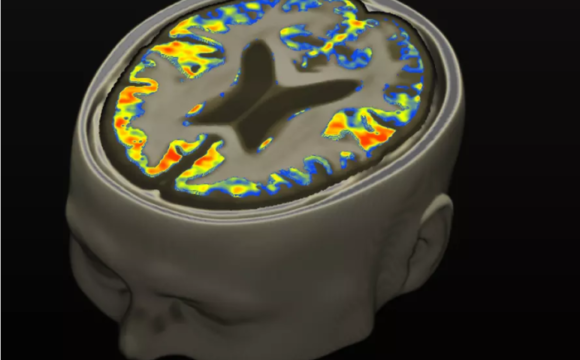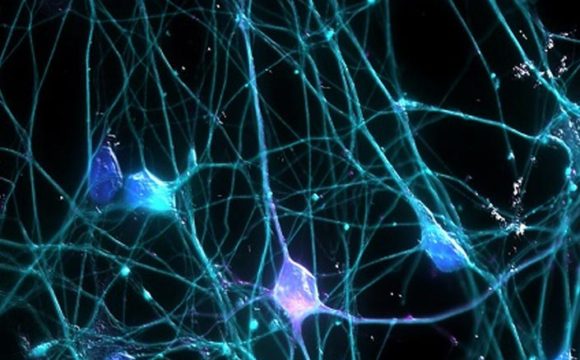Friedreich’s ataxia (FRDA) is a rare disease that causes central nervous system damage and problems associated with body movements. The disease is hereditary in nature and affects about 1 in 50,000 in general population and 1 in 20,000 amongst Caucasians. The disease is progressive and may lead to a complete inability to walk. It has also been associated with causing of scoliosis, heart disease, and diabetes and there exists no specific treatment for this disease.
Inheritance pattern of Friedreich’s ataxia
(Source: www.medicalmarijuana.com)
The common understanding of the cause of FRDA is with regards to the FXN gene. The FXN gene encodes the mitochondrial protein frataxin whose exact functions are unclear but it is considered to be involved in the assembly of iron-sulfur clusters. It is when the FXN gene contains amplified intronic GAA repeats it is known to express reduced levels of frataxin. The deficiency of this protein leads to mitochondrial iron overload which can be highly detrimental to many other proteins. In spite the above information, the effect of FXN deficiency on overall mitochondrial biogenesis remains unclear! A recent study conducted in the UC Davis School of Veterinary Medicine by biochemist Gino Cortopassi investigated the effect of decreased FXN on mitochondrial biogenesis.
The sample of the study was FRDA patient’s fibroblast cells, KIKO mice (frataxin knockout) and whole blood of patients with FRDA. Mitochondrial mass was quantified by staining cells with MitoTracker® Deep Red FM, which stains active mitochondria. And Its intensity per cell was measured using MetaXpress® image acquisition and analysis software. In the case of mouse models, brain and skeletal muscle tissues were used and the mitochondrial DNA copy number was measured as the ratio of mt-ND1 (mitochondrial gene) to Cftr (nuclear gene) via qPCR and likewise from the whole blood samples. Comparing the mitochondrial copy number in the FRDA samples to that of age-matched control it was found that there is a significant decrease in mitochondrial copy number in all the three FRDA models tested.
“Knowing that the frataxin deficiency causes a shortage of mitochondria, we and others may be able to use the number of mitochondria as a biomarker for determining the disease severity and progression,” said the lead researcher Professor Cortopassi (as reported in ScienceDaily)
Two possible mechanisms as to how FXN deficiency affects mitochondrial copy number have been discussed in the original papers, these are that 1] Iron-sulfur clusters are required in mitochondrial electron transport and antioxidant defence. Fault in these cluster proteins could lead to the inadequacy of a critical metabolite required for mitochondrial biogenesis. Alternatively, 2] Many DNA replication and repair proteins contain iron-sulfur clusters, and a decline in the expression or activity of such enzymes could inhibit mitochondrial replication and or repair.

According to Cortopassi, ‘Such a biomarker could also be used to evaluate the effectiveness of new drugs for treating the disease’. And he rightly tested Tecfidera (dimethyl fumarate), an oral drug used to treat multiple sclerosis (MS), on mitochondrial disease patients. In both human and mouse tissues this drug resulted in increased mitochondrial number by acting on a transcription factor called Nrf2.
Cortopassi has been studying mitochondria for 25 years and these findings of his are applauded in the scientific community. Although the mechanism behind FXN deficiency and its correlation with mitochondrial may not be well established. This study provides many significant insights and also proposes a potential drug for slowing the detrimental advancement of Friedreich’s ataxia.
Reference:
Mittal J. Jasoliya, Marissa Z. McMackin, Chelsea K. Henderso,n Susan L. Perlman and Gino A. Cortopassi Frataxin deficiency impairs mitochondrial biogenesis in cells, mice and humans Human Molecular Genetics 21 April 2017











I don’t even understand how I ended up here, but I thought this publish was good.
I do not recognize who you are however definitely you are going to a famous blogger for those who are not already.
Cheers!
Glad, you like our article.